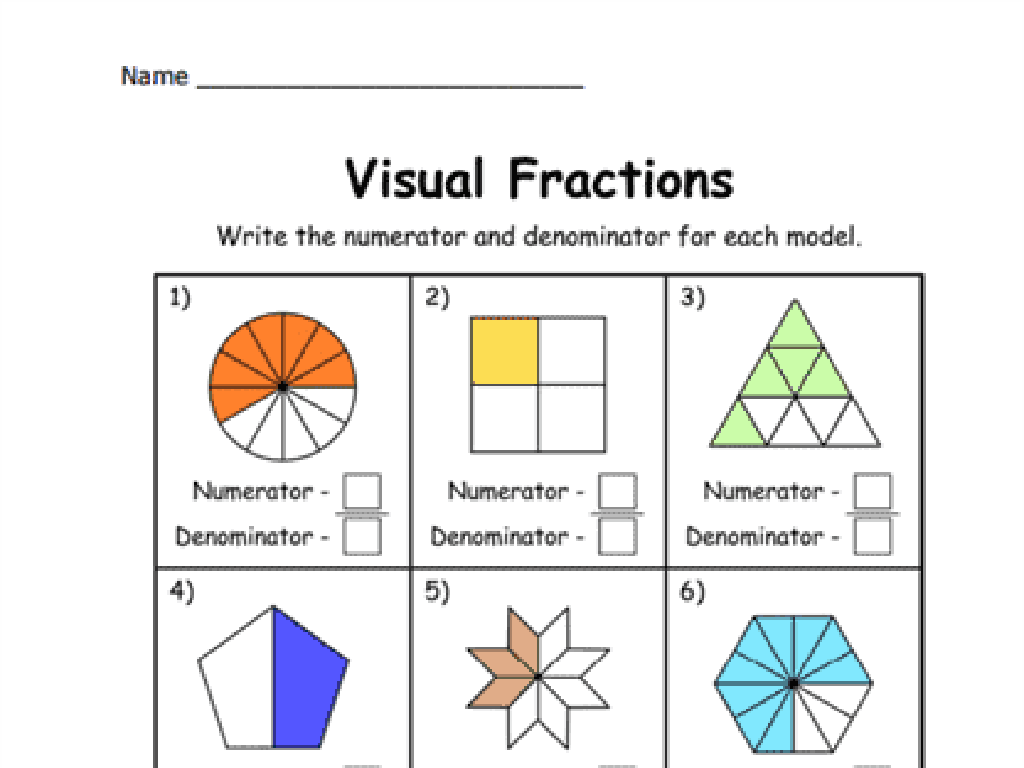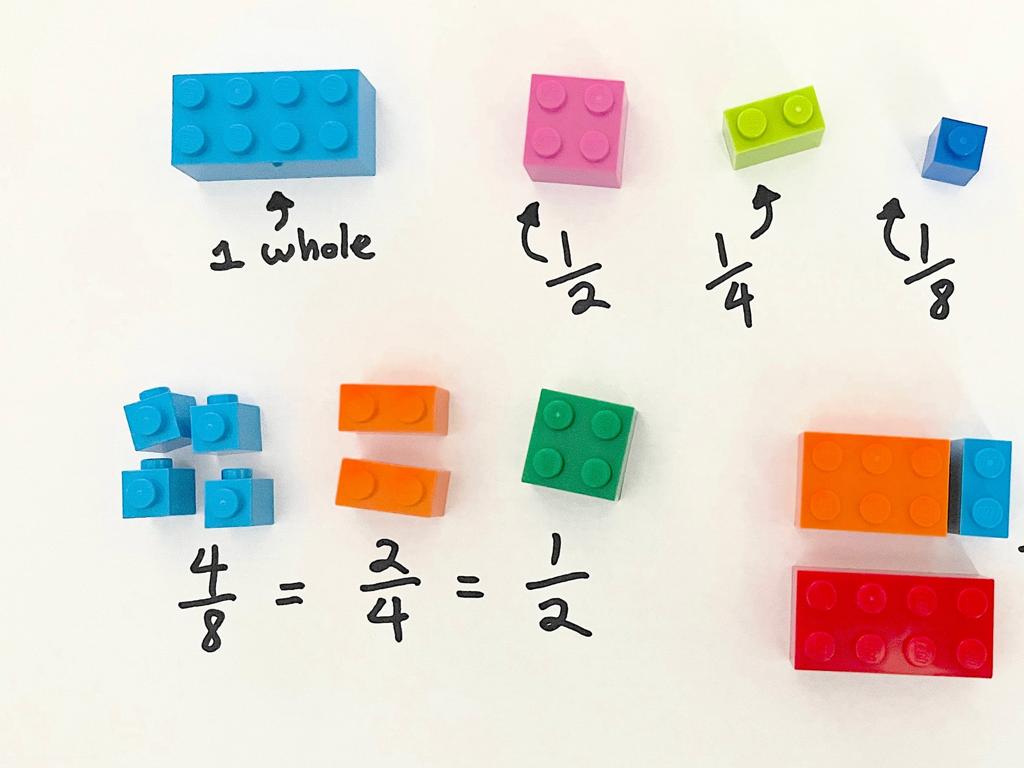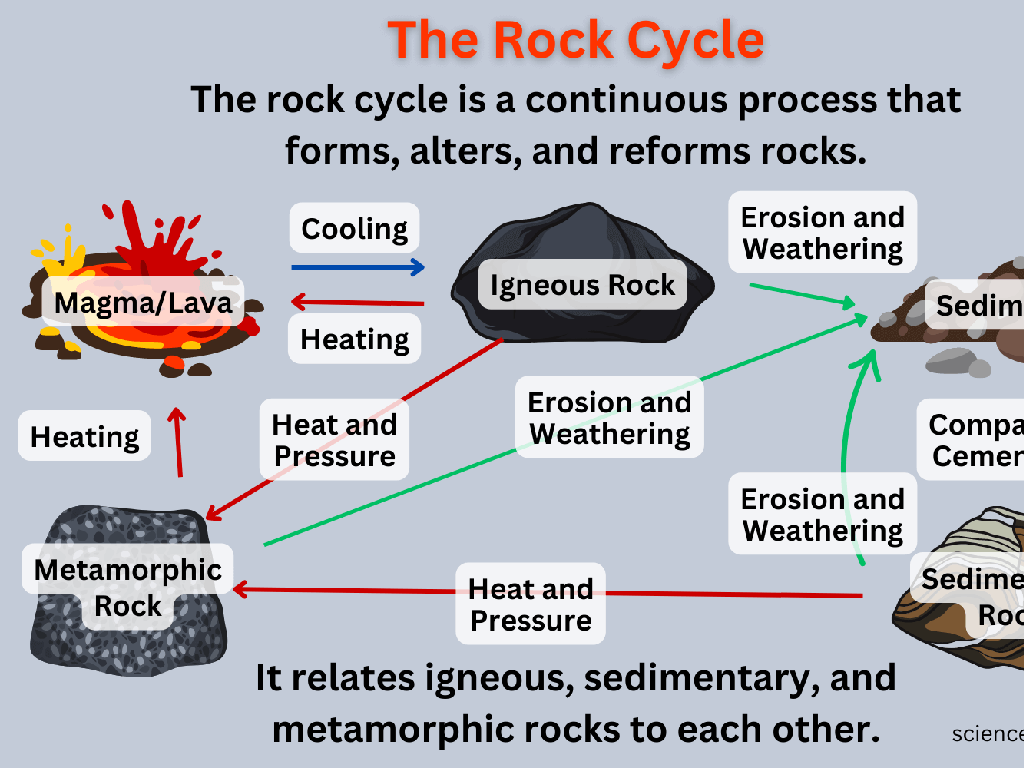Identify Common And Proper Nouns
Subject: Language arts
Grade: Sixth grade
Topic: Nouns
Please LOG IN to download the presentation. Access is available to registered users only.
View More Content
Welcome to Nouns!
– What are nouns?
– Nouns are words for people, places, things, or ideas.
– Common vs. Proper nouns
– Common nouns are general names, proper nouns are specific.
– Nouns’ role in sentences
– Nouns serve as subjects or objects within sentences.
– Practice identifying nouns
– We’ll do activities to spot different nouns.
|
Begin the lesson by defining nouns and their function in language. Explain that nouns can name anything from physical objects to abstract concepts. Differentiate between common nouns, which are general names like ‘city’ or ‘dog’, and proper nouns, which are specific and usually capitalized, like ‘New York’ or ‘Fido’. Emphasize the importance of nouns in sentence construction, as they can act as the subject doing the action or the object receiving the action. Engage the class with activities where they identify and categorize nouns from a given text, enhancing their understanding of common and proper nouns.
Exploring Nouns: Common and Proper
– Definition of a noun
– A noun names a person, place, thing, or idea
– Common vs. Proper nouns
– Common nouns are general names, proper nouns are specific
– Examples: ‘dog’, ‘school’
– ‘dog’ is common, ‘Fido’ is proper; ‘school’ is common, ‘Lincoln High’ is proper
– Identifying nouns in sentences
|
Begin the lesson by defining a noun and explaining its role as the name of a person, place, thing, or idea. Highlight the difference between common nouns, which are general names for things, and proper nouns, which are specific names and always capitalized. Use everyday examples like ‘dog’ and ‘school’ to illustrate common nouns, and contrast them with proper nouns like ‘Fido’ or ‘Lincoln High School’. Engage students by asking them to identify nouns within sentences and categorize them as common or proper. This will help solidify their understanding of the concept and prepare them for more advanced exercises.
Common vs. Proper Nouns
– Common nouns: general names
– e.g., ‘city’, ‘dog’, ‘school’
– Proper nouns: specific names
– e.g., ‘New York City’, ‘Fido’, ‘Lincoln High School’
– Capitalization of proper nouns
– Proper nouns always start with a capital letter
– Examples: ‘city’ vs. ‘New York City’
– ‘river’ is common; ‘Mississippi River’ is proper
|
This slide introduces the distinction between common and proper nouns. Common nouns refer to general items, while proper nouns denote specific entities and are always capitalized. Use everyday examples to illustrate the difference, such as ‘city’ being a common noun and ‘New York City’ being a proper noun. Emphasize the importance of capitalizing proper nouns to denote specificity. Encourage students to identify common and proper nouns in sentences and to practice capitalizing proper nouns correctly in their writing.
Identifying Common Nouns
– Recognize common nouns in sentences
– Words for people, places, or things, like ‘teacher’ or ‘school’
– Common nouns are not usually capitalized
– They only get a capital letter if starting a sentence
– Activity: List classroom common nouns
– Find nouns around you, like ‘desk’, ‘board’, ‘chair’
|
This slide introduces students to common nouns and how to identify them within the context of a sentence. Emphasize that common nouns are general names for a person, place, or thing and are not capitalized unless they are at the beginning of a sentence. For the activity, instruct students to look around the classroom and write down as many common nouns as they can find. This could include objects like ‘window’, ‘book’, or ‘student’. Encourage them to think about the items they use or see every day. This exercise will help reinforce their understanding of common nouns and how they differ from proper nouns.
Identifying Proper Nouns
– Proper nouns: Specific names
– Names unique people, places, things e.g., ‘Harry Potter’, ‘Paris’, ‘Mars’
– Capitalization of proper nouns
– Always start with a capital letter, regardless of position in a sentence
– Activity: Proper nouns in stories
– Choose a favorite story, list out all the proper nouns you find
|
This slide introduces the concept of proper nouns to the students, emphasizing their role in naming specific entities and the importance of capitalization. The activity is designed to help students apply this knowledge by identifying proper nouns in a context they are familiar with, such as their favorite story. For the activity, provide examples of proper nouns and guide students on how to spot them. Encourage students to explain why they think the nouns they have listed are proper nouns. This will help reinforce their understanding of the difference between common and proper nouns.
Practice Time: Common vs. Proper Nouns
– Let’s identify nouns together
– Read sentences and find nouns
– Distinguish common and proper nouns
– Common nouns are general names, proper nouns are specific.
– Recall: Proper nouns are capitalized
– Examples: ‘dog’ is a common noun, ‘Fido’ is a proper noun.
|
This slide is for a class activity focused on identifying and differentiating between common and proper nouns. Start by explaining the difference between the two, with proper nouns being specific and always capitalized, while common nouns are general names for things. Read sentences aloud with the class and have students pick out the nouns they hear. Then, work together to categorize each noun as common or proper. For example, in the sentence ‘Sarah walked her dog in Central Park,’ ‘Sarah’ and ‘Central Park’ are proper nouns, while ‘dog’ is a common noun. Provide immediate feedback and encourage participation from all students. Possible activities include students writing their own sentences, identifying nouns in a paragraph, or categorizing a list of mixed nouns.
Class Activity: Noun Hunt
– Pair up for a noun scavenger hunt
– Find 10 common nouns around school
– Objects like ‘desk’, ‘teacher’, ‘book’
– Locate 5 proper nouns as well
– Names like ‘Mrs. Smith’, ‘Lincoln Middle School’
– Discuss your categorizations
– Explain your reasoning for each noun
|
This interactive activity is designed to help students apply their knowledge of common and proper nouns in a real-world setting. By working in pairs, they will engage in a scavenger hunt around the school to identify nouns in their environment. Encourage them to discuss and justify their categorizations, fostering critical thinking. Possible variations of the activity could include finding nouns in a specific area, such as the cafeteria or library, or looking for nouns in a textbook or story. After the hunt, facilitate a class discussion where pairs share their findings and reasoning. This will help reinforce the concept and allow for peer learning.
Conclusion & Homework: Nouns in Action
– Review common vs. proper nouns
– Importance of noun distinction
– Understanding the difference helps in writing clearly and effectively.
– Homework: Write a short story
– Use your imagination and include both types of nouns.
– Underline commons, circle propers
– Practice identifying nouns by marking them differently.
|
As we wrap up our lesson on nouns, it’s crucial for students to grasp why distinguishing between common and proper nouns is important for clear communication. For homework, students will apply what they’ve learned by writing a creative short story. They will practice identifying and categorizing nouns by underlining common nouns and circling proper nouns. This exercise will reinforce their understanding and help them recognize the role of nouns in context. Encourage creativity and remind them to use a variety of nouns. In the next class, we can discuss some of the stories and the nouns used to further cement their learning.






